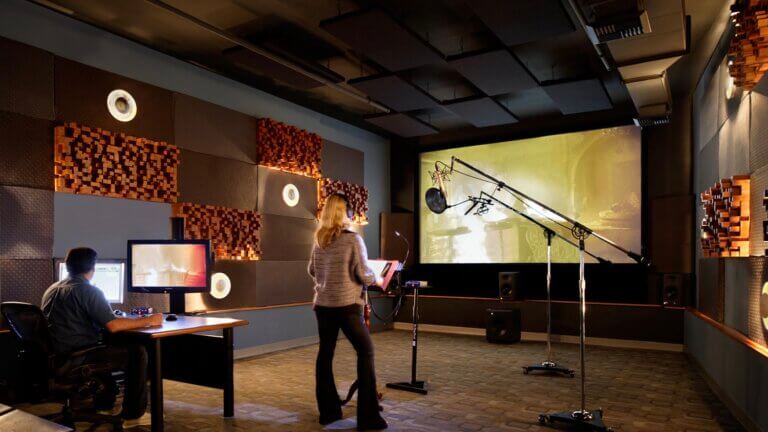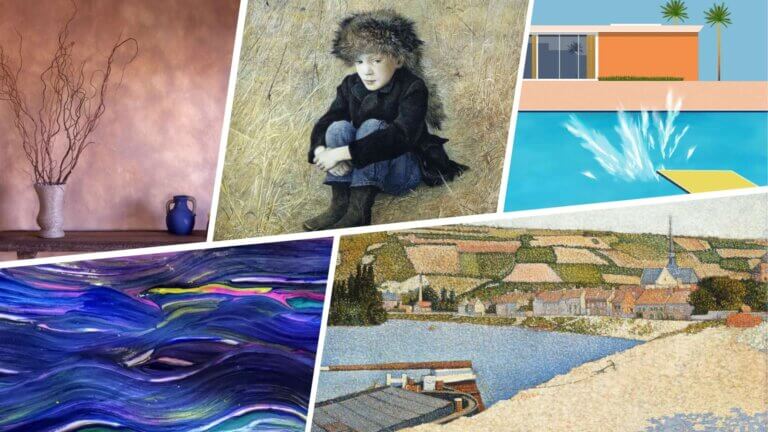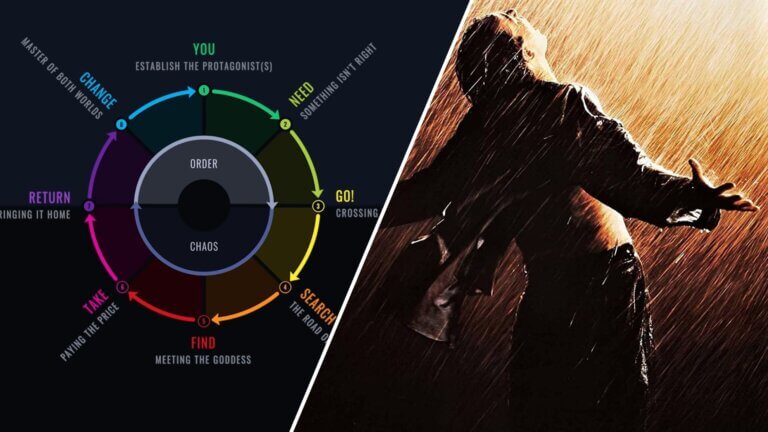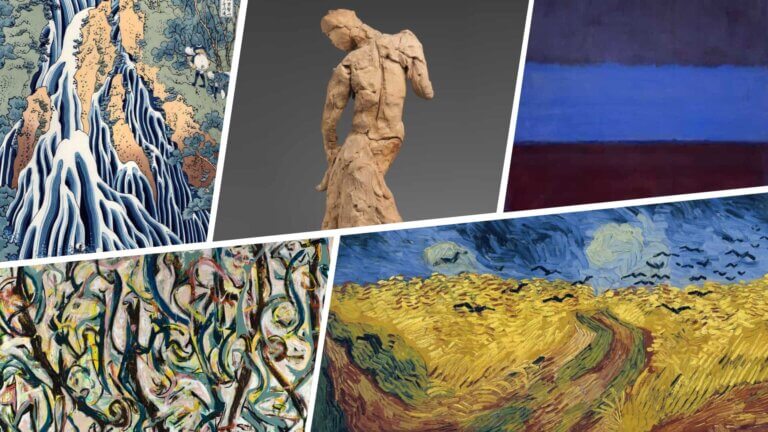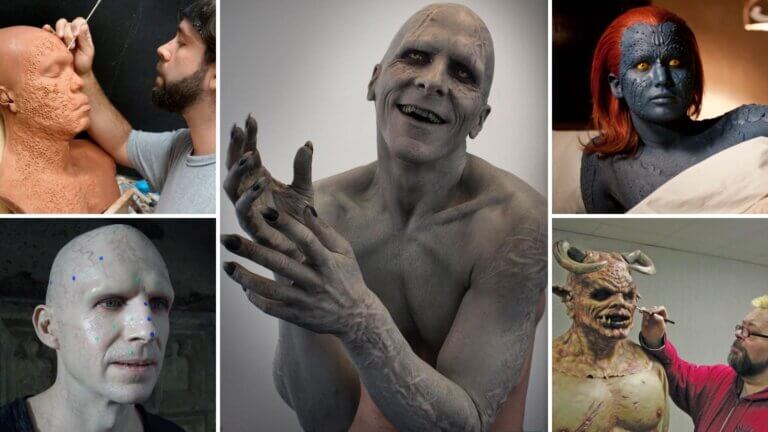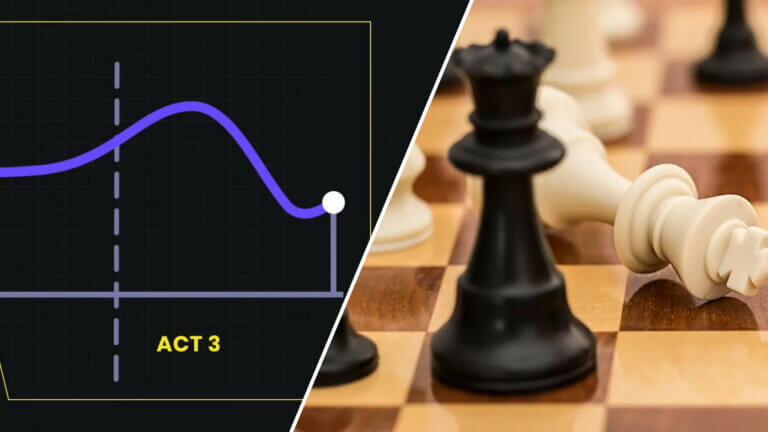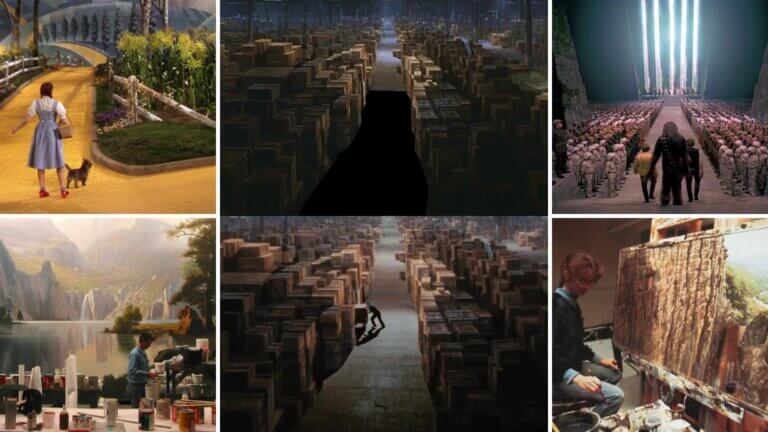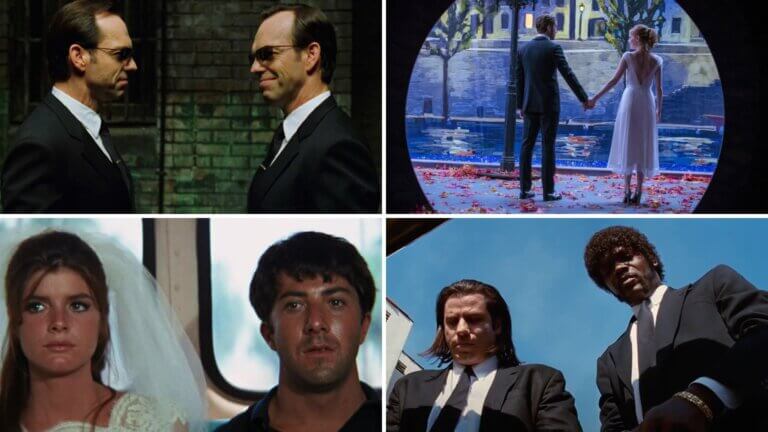If you’ve ever been on a set, you know how important it is to stay quiet when the 1st assistant director signals action. Unfortunately, there are some sounds that can’t be controlled. Planes overhead, unexpected cast or crew coughs, or even car horns, all contribute to the need for re-recording sound. So what is ADR in film and are there any other reasons you might want to use it?Continue reading What is ADR in Film — Will it Save or Ruin Your Film?
A complex sentence structure might sound daunting. What is a complex sentence structure? I’ve only just mastered the simple structure! Don’t worry — complex sentences aren’t as complex as their title makes them out to be. Let us guide you through the in’s and out’s of the complex sentence rules. Continue reading What is a Complex Sentence Structure — Examples and Tips
Villains come in all shapes and sizes. From cruel dictators to menacing ghosts, these villains are often the driving force behind a story's narrative. Through their evil deeds, villains create tension and keep readers on the edge of their seats. Whether they're out for revenge or simply seeking power, every villain has their own unique motives and endless list of misdeeds. In this blog, we'll explore the different types of villains that inhabit our stories and discuss how they differ from each other.Continue reading Types of Villains — 10 Forms of the Villain Archetype Explained
Texture in art is a vital part of any artwork. It adds depth, complexity, and visual interest that can transform an image into a living, breathing entity. Not only does texture help define the form of an artwork, it can also invite dialogue between the artist and their audience by creating atmosphere and depth. In this article, we will explore texture in art and its various nuances.Continue reading What is Texture in Art — Definition, Examples & Types Explained
Understanding the key differences between a story and a plot is imperative for any aspiring screenwriter. While these two elements often get used interchangeably, they are actually two distinct concepts that define how stories are structured and told. By learning to incorporate them both effectively into your projects, you will be able to craft truly captivating cinematic stories.Continue reading Plot vs Story — Differences Every Screenwriter Should Know
Art is the expression of one's innermost thoughts, feelings, and emotions through a variety of mediums. Movement in art is when an artist uses visual techniques, like color and composition, to create the illusion of movement and dynamism within their artwork. This type of art is unique because it allows viewers to interact with the painting, sculpture or other works on a personal level as if they were walking through it. Let’s dive into movement in art and composition.Continue reading What is Movement in Art — Composition Techniques Explained
Special effects makeup has been a source of wonder and mystery since the dawn of film. It is often used to create characters and creatures that are so realistic they can seem almost unreal. But what is SFX makeup exactly? From creating iconic superheroes like Iron Man to bringing monsters like Godzilla to life, SFX makeup has made its mark in the entertainment industry. In this blog post, we'll explore the history and benefits of special effects makeup in cinema.Continue reading What is SFX Makeup — The Magic of Special Effects Makeup
A climax in storytelling is the most intense, exciting, or emotionally charged point in a narrative. It is the conclusion of an arc in which readers see the main characters make decisions and face obstacles that define who they are and what they stand for. The climax allows stories to build to increasingly satisfying resolutions or tragic endings. This blog will explore the different types of climaxes used in storytelling and how these create engaging endings for readers. Due to the sheer nature of a story’s climax, there are major spoilers ahead. That said, let’s dive in!Continue reading What is the Climax…
Matte painting is a technique used in filmmaking to create unique and realistic sets on a low budget. This method has been used by filmmakers since the early 1900s and has become an integral part of creating stunning visuals for films. But what is matte painting in film production? In this article, we will look at what it is, its history, and how it can be used to enhance storytelling through film.Continue reading What is Matte Painting in Movies — Definition and Examples
It's hard to frame characters on screen, while simultaneously showcasing the story’s intentions. Never fear, the two shot can solve this problem for you. Today we’re going to go over the two shot. We’ll show you how you can use it in your work to subtly get your story’s dramatic beats and comedic moments to pop. Continue reading The Two Shot: Examples of Camera Movements & Angles
